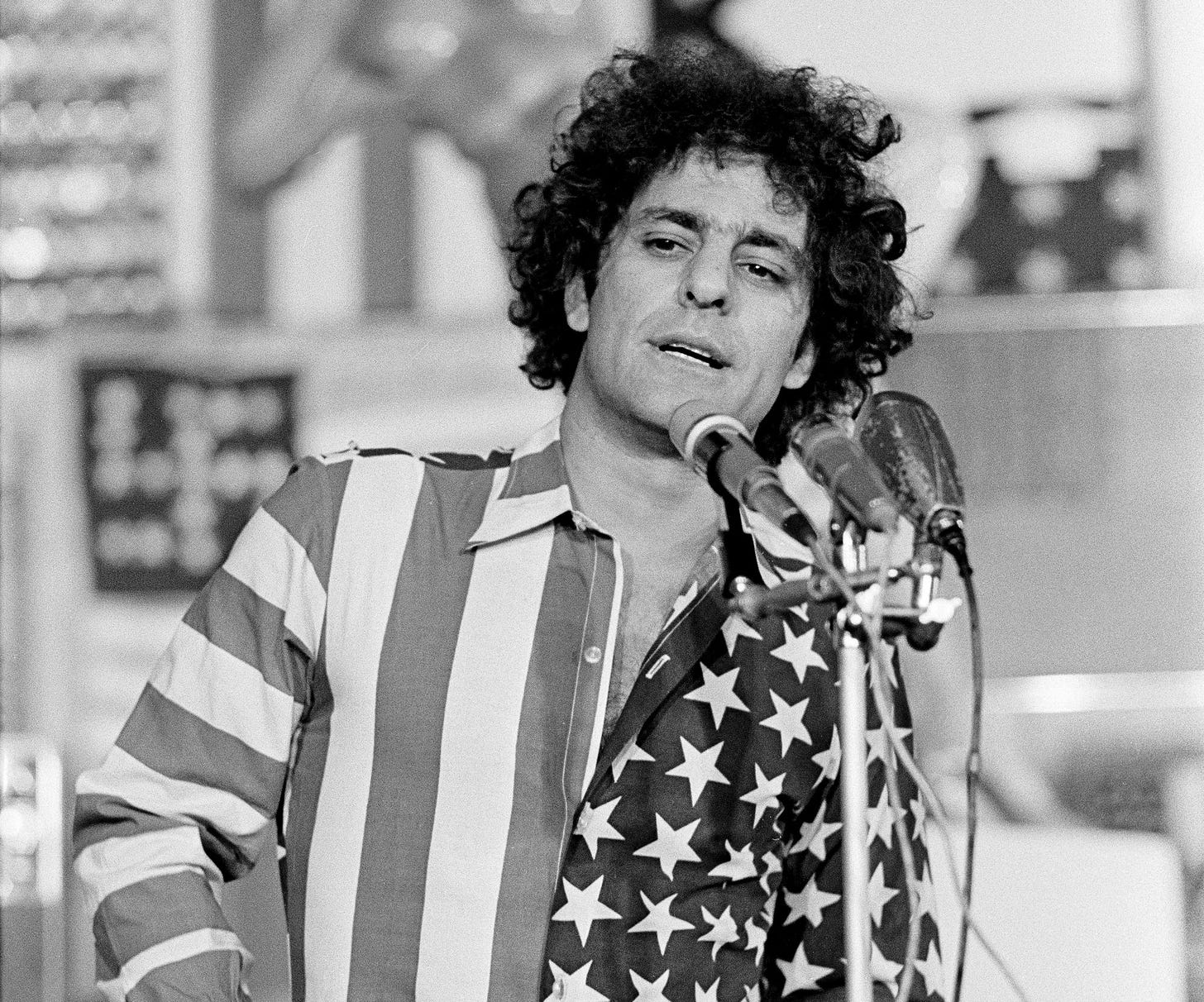As we sit back and watch the turmoil in Russia, which I believe can be directly attributed to its failed war against Ukraine, it might be useful for us to look back at one of our own failed foreign military misadventures and what it caused for the United States at home.
I’m talking, of course, about the war in Vietnam. In October of 1967, Abbie Hoffman led the March on the Pentagon sponsored by the National Mobilization to End the War. A crowd of 100,000 gathered on the National Mall around the Washington Monument, and an estimated 50,000 or more marched across the Potomac to the Pentagon, leading the military to have armed, active-duty troops completely surround the nation’s military headquarters to defend it against the mob of peaceniks.
In 1968, the National Mobe led demonstrations and draft card burnings around the country. In March, Lyndon Johnson announced that he would not run for reelection in the fall campaign, a direct result of the unpopularity of the war in Vietnam. In April, 15,000 protesters turned out to watch more than 200 young men burn their draft cards. There were large anti-war protests in San Francisco, Chicago, and New York, including the student takeover of Columbia University led by Mark Rudd. In August, an anti-war demonstration at the Democratic National Convention in Chicago led to the infamous police riot that closed streets throughout downtown and resulted in numerous injuries to protesters and the arrest of the Chicago Seven for leading the protest.
By 1969, student protests against the war broke out across the country. The National Moratorium Against the War, founded by Sam Brown and David Mixner, led to student walk-outs on campuses around the country. In October, there were Moratorium demonstrations practically everywhere, and a huge one in Washington D.C. in November with more than 500,000 turning out on the Mall.
The demonstrations continued in 1970, with more student shutdowns of college campuses and anti-war rallies at universities across the country. At Kent State, the National Guard was called out to control a large demonstration, and four students were shot to death, leading to more than 400 protests and strikes at college campuses nationwide.
The analogy to what is happening in Russia today is not perfect, but Vladimir Putin should have known what can happen to a country when a foreign war goes bad. This time, Yevgeny Prigozhin has helped to lead the opposition to Russia’s war, accusing military commanders of corruption and wealthy oligarchs of going about their luxurious lifestyles while Russian draftees and Wagner Group former prisoners died in battles in Ukraine.
Now there are troops in the streets of Moscow, and this morning MSNBC reported that a “plane” departed Moscow in the direction of St. Petersburg and turned off its transponder shortly after, strongly indicating that the plane may have Vladimir Putin as a passenger, getting out of town just when things are getting hot.
There are other indicators that the threat of the Wagner Group to Moscow is real. Some military experts are saying that Prigozhin’s march to Moscow shows signs of prior preparation. Huge flatbed trucks carrying tanks were seen north of Voronezh, more than 200 miles north of the town of Rostov-on-Don, which Prigozhin’s troops have now occupied. Large trucks like that are not usually capable of traveling that fast and may have been pre-positioned near Voronezh to make the push north. There are no reports of fuel trucks accompanying the tank-carriers, which means that Prigozhin’s Wagner Group is refueling along the way, using local stations to get their diesel, with no opposition from local security forces.
There is also the matter of the tanks, armored personnel carriers, and troops Putin is having to use to defend Moscow. Obviously, those soldiers and their equipment are not in use to fight the war in Ukraine. Prigozhin’s 25,000 soldiers in the Wagner Group are not a large force, but the symbol of Russians in a military unit of any kind marching on Moscow has Putin very unsettled and must be leading to cracks in his political leadership in Moscow.
We never had active-duty soldiers turn against the war in Vietnam within the United States. But overseas in Vietnam, by 1969 and 1970, soldiers had begun to stop fighting against the Vietnamese. It was commonplace after the My Lai massacre in 1968 for troops to go out on patrols and simply not engage with enemy forces if they encountered them.
What effect Prigozhin’s rebellion is having on regular army Russian soldiers in Ukraine is unclear at this moment, but it can’t be good. It’s never a good sign when a nation starts to lose a war and that news begins to hit home. Prigozhin’s rebellion is doing just that – bringing a failed war home to mother Russia.
Continue to watch this space, and I’ll continue to watch the situation in Russia and Ukraine.




i tell my friends who were protesting back then that they might have saved my life.
Those times. Worked at Dell publishing when Abby Hoffman was visiting about Steal This Book. Went to the lobby to take a look at him and remembered thinking he was much smaller than I thought he’d be. And much less charismatic than Studs Terkel, who I frankly worshipped. Never met Kurt Vonnegut but his editor called me pussycat much to the outrage of my neighbor in the cubicle next to mine.
I got to know too many young soldiers living off base with T. who were more wounded than my high school boyfriend who’d been shot up and returned to his parents broken. When they drank and that was all we did they’d talk about fragging new lieutenants who were so hung ho they knew they’d be killed following them. Unrepentant. They wanted to live and come home, where they screamed at night in our trailer camp while they dreamed they were back on helicopters or on patrol.